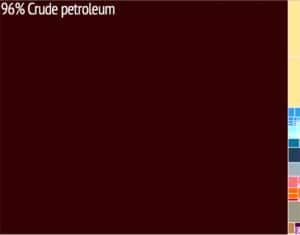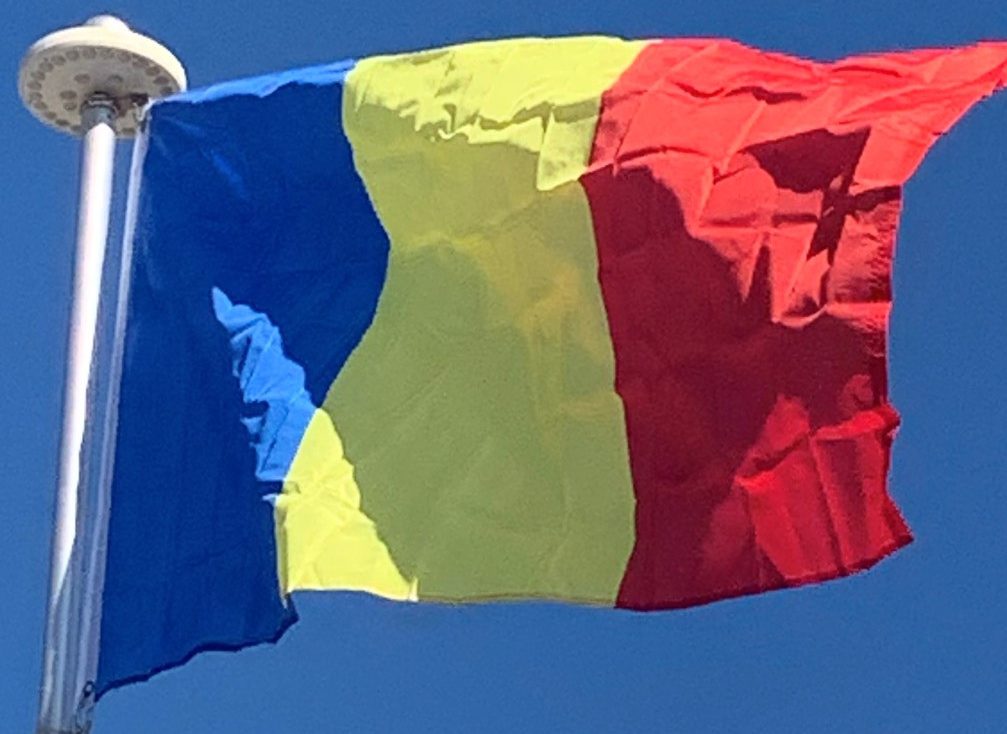Chad’s currency is the CFA franc. In the 1960s, the mining industry of Chad produced sodium carbonate, or natron. There have also been reports of gold-bearing quartz in the Biltine Prefecture. However, years of civil war have scared away foreign investors; those who left Chad between 1979 and 1982 have only recently begun to regain confidence in the country’s future. In 2000 major direct foreign investment in the oil sector began, boosting the country’s economic prospects.
An uneven inclusion into the global political economy as a site for colonial resource extraction (primarily cotton and crude oil), a global economic system that does not promote nor encourage the development of Chadian industrialization, and the failure to support local agricultural production has meant that the majority of Chadians live in daily uncertainty and hunger. Over 80% of Chad’s population relies on subsistence farming and livestock raising for its livelihood. The crops grown and the locations of herds are determined by the local climate. In the southernmost 10% of the territory lies the nation’s most fertile cropland, with rich yields of sorghum and millet. In the Sahel only the hardier varieties of millet grow, and these with much lower yields than in the south. On the other hand, the Sahel is ideal pastureland for large herds of commercial cattle and for goats, sheep, donkeys and horses. The Sahara’s scattered oases support only some dates and legumes. Chad’s cities face serious difficulties of municipal infrastructure; only 48% of urban residents have access to potable water and only 2% to basic sanitation.

Before the development of oil industry, cotton dominated industry and the labor market accounted for approximately 80% of export earnings. Cotton remains a primary export, although exact figures are not available. Rehabilitation of Cotontchad, a major cotton company weakened by a decline in world cotton prices, has been financed by France, the Netherlands, the European Union, and the International Bank for Reconstruction and Development (IBRD). The parastatal is now expected to be privatized. Other than cotton, cattle and gum arabic are dominant.
According to the United Nations, Chad has been affected by a humanitarian crisis since at least 2001. As of 2008, the country of Chad hosts over 280,000 refugees from the Sudan’s Darfur region, over 55,000 from the Central African Republic, as well as over 170,000 internally displaced persons. In February 2008 in the aftermath of the battle of N’Djamena, UN Under-Secretary-General for Humanitarian Affairs John Holmes expressed “extreme concern” that the crisis would have a negative effect on the ability of humanitarians to deliver life-saving assistance to half a million beneficiaries, most of whom – according to him – heavily rely on humanitarian aid for their survival. UN spokesperson Maurizio Giuliano stated to The Washington Post: “If we do not manage to provide aid at sufficient levels, the humanitarian crisis might become a humanitarian catastrophe”. In addition, organizations such as Save the Children have suspended activities due to killings of aid workers.
Transportation:
Civil war crippled the development of transport infrastructure; in 1987, Chad had only 30 kilometers (19 mi) of paved roads. Successive road rehabilitation projects improved the network to 550 kilometers (340 mi) by 2004. Nevertheless, the road network is limited; roads are often unusable for several months of the year. With no railways of its own, Chad depends heavily on Cameroon’s rail system for the transport of Chadian exports and imports to and from the seaport of Douala.
